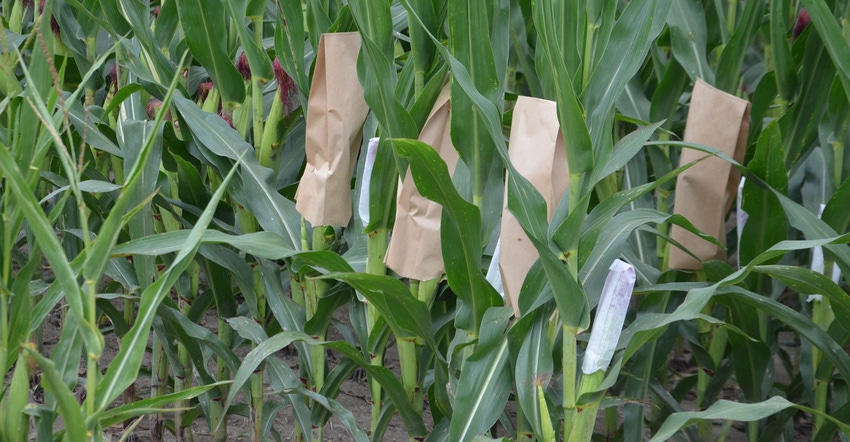September 21, 2022

I acquired my doctorate degree in corn breeding and genetics at the University of Wisconsin in 1964. Then, I worked as a corn breeder and research director with several seed companies in Indiana, Iowa and Illinois. My most productive years as a corn breeder were with Stewart Seeds in Greensburg, Ind., where I spent 18 years and developed some elite corn inbred lines and widely adapted hybrids, which were called “genetic originals.”
This is where I first met Tom Bechman, editor of Indiana Prairie Farmer. Tom would visit and always ask challenging questions. Now, Tom asked me to draw on my experiences and outline what a plant breeder does during an entire year.
This is the first installment: what a plant breeder does after harvest. While plant breeders have more tools today and can move faster, the basics are the same. A breeding program has two goals:
develop inbred lines from segregating populations
match inbred lines to produce unique hybrids better than current hybrids
Developing inbred lines
We must create segregating populations with relative maturities and characteristics needed in new inbred lines and hybrids. I would select elite parent lines of different genetic groups. By crossing elite lines together and self-pollinating them, I created segregating populations. My job was selecting lines combining the good qualities of both parents.
I planted corn nurseries in 20-foot rows at 70,000 seeds per acre. The idea was to select inbred lines to develop hybrids of the future. From the start of a project to develop and test hybrids, this can take six to eight years, even with the best technologies available. There are no shortcuts to testing new experimental hybrids on various soil types and different environments.
During nursery harvest in November, ears with good seed set from plants with little or no disease symptoms in the middle of the rows were selected for further advancement. Ground-up leaves with disease inoculum were spread on seedlings earlier in the season to make sure there was disease pressure.
We saved ears with tags in onion bags to dry in seed driers. After drying, ears from each population were laid out on tables. Further selections were made for potential use as male or female parents. Some selected ears were treated with fungicides and packaged for winter nurseries. Remaining seed of selected ears was saved in cold storage.
Testing hybrids
After three inbreeding generations, I crossed two potential parents, making those decisions during the winter. Potential new hybrids were tested at three locations and compared against the best current hybrids. More than 90% of new experimental hybrids were discarded at this stage.
Remaining inbred lines and hybrids would be tested at more locations for head-to-head comparisons. While lines were being tested in hybrid combinations, they were advanced in inbreeding generations until they became genetically and phenotypically uniform. It takes five to six inbreeding generations to develop a genetically uniform, or homozygous, inbred line.
New, experimental hybrids must perform better than existing hybrids and competitors’ hybrids. If not, they’re discarded. If they do, seed of new inbred lines is multiplied in foundation fields.
Nanda is director of genetics for Seed Genetics Direct, Jeffersonville, Ohio. Email [email protected] or call 317-910-9876. Please leave a message.
About the Author(s)
You May Also Like






